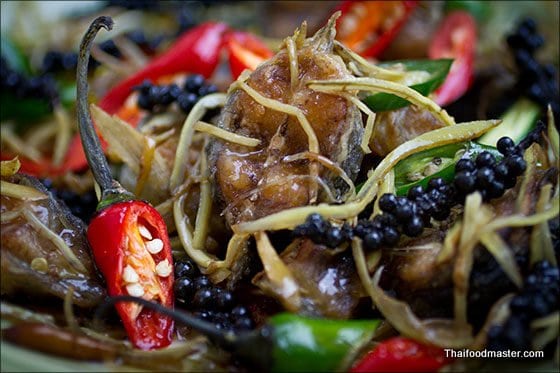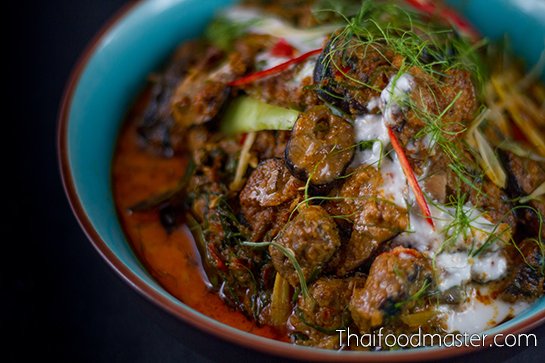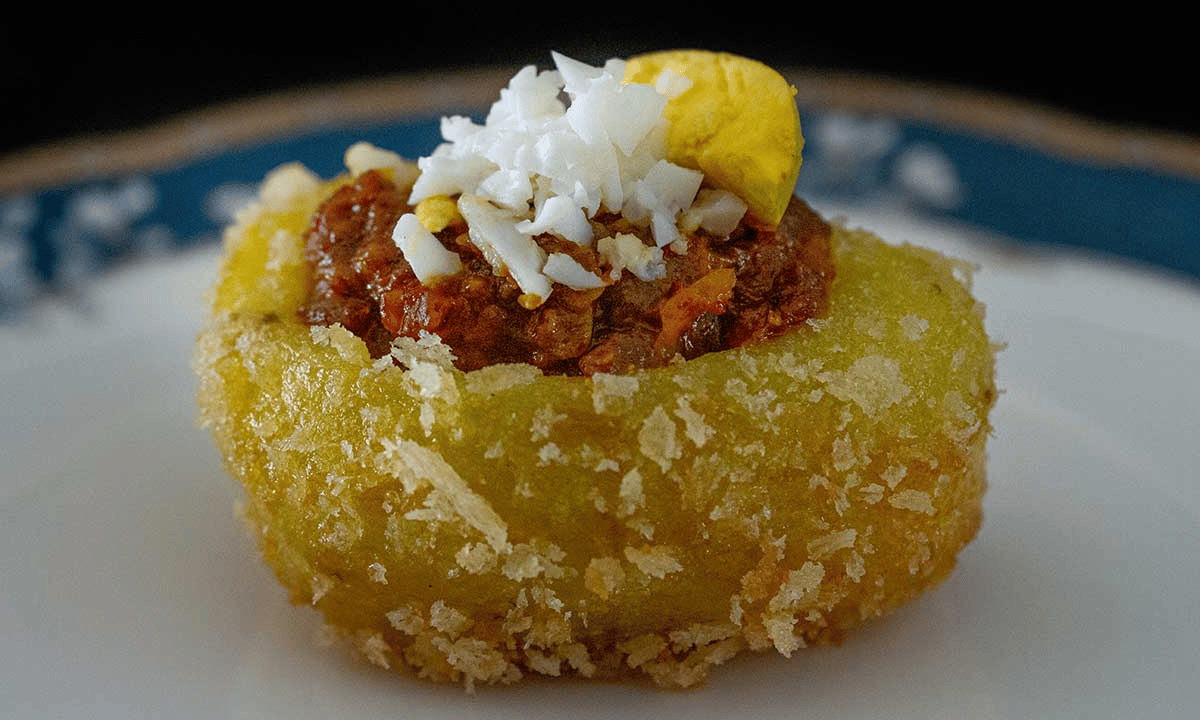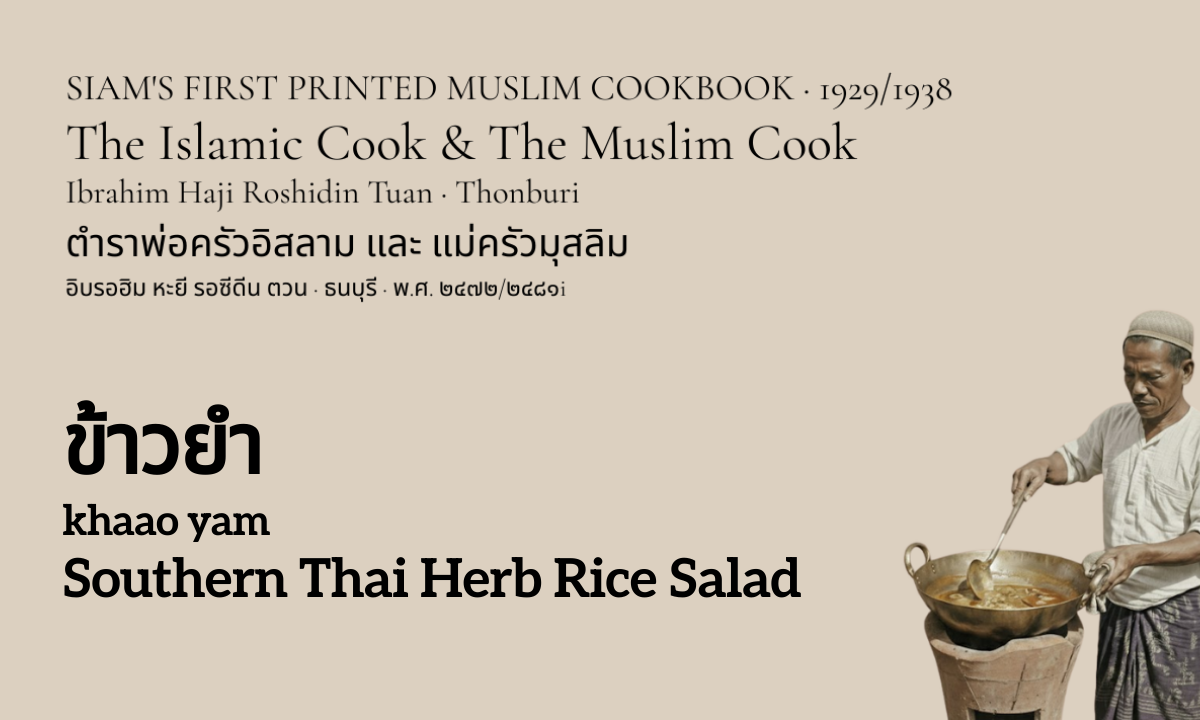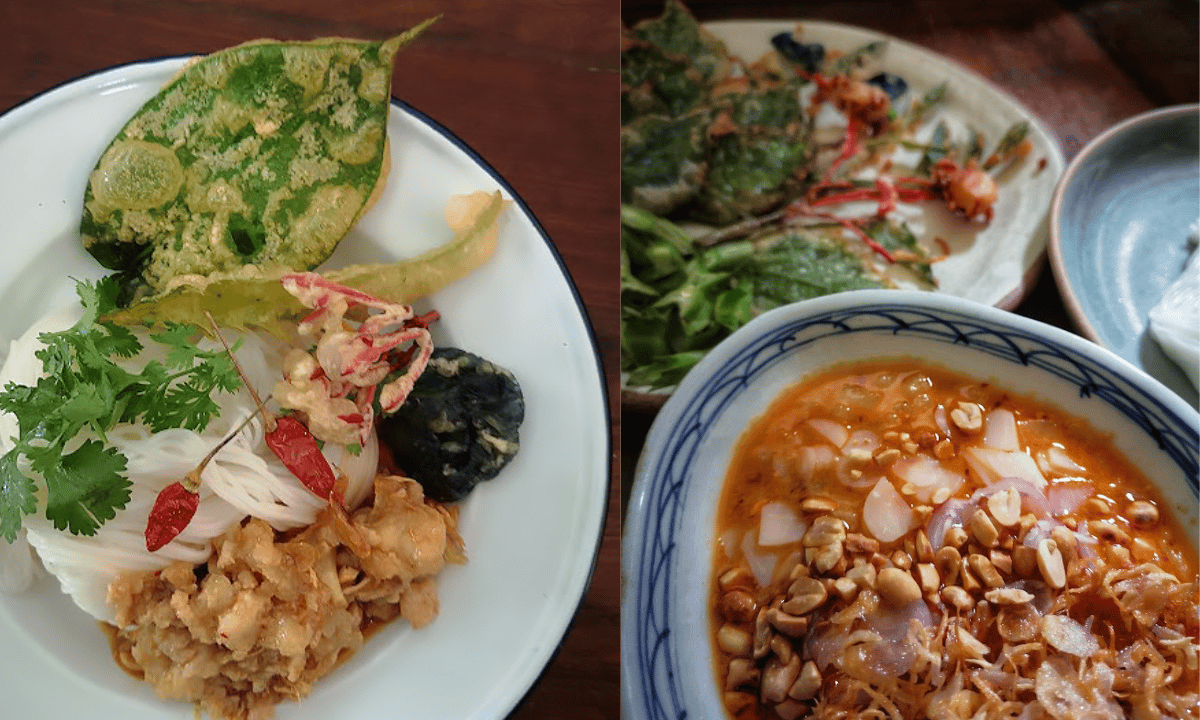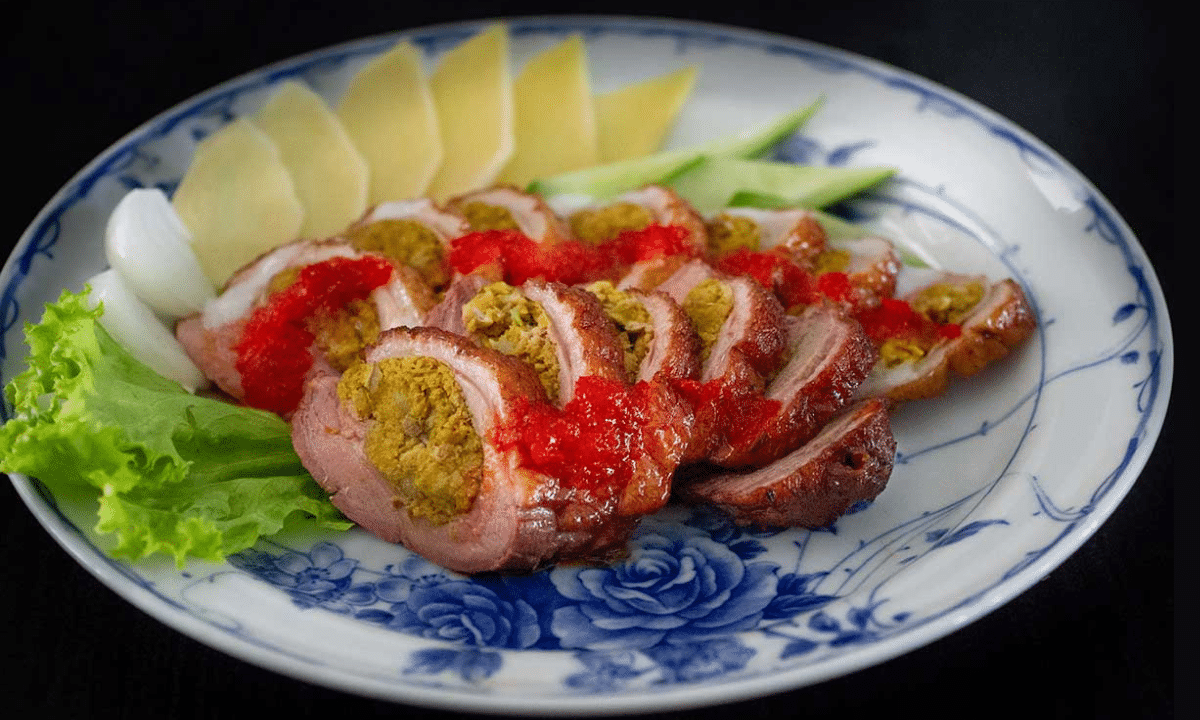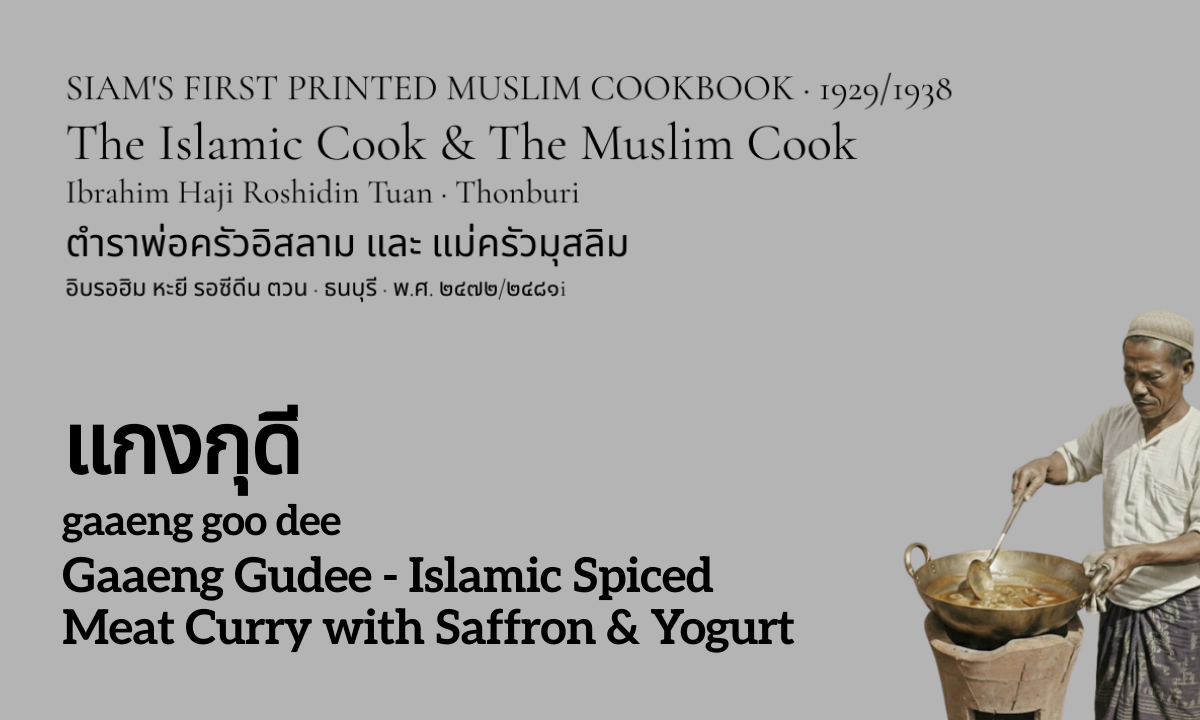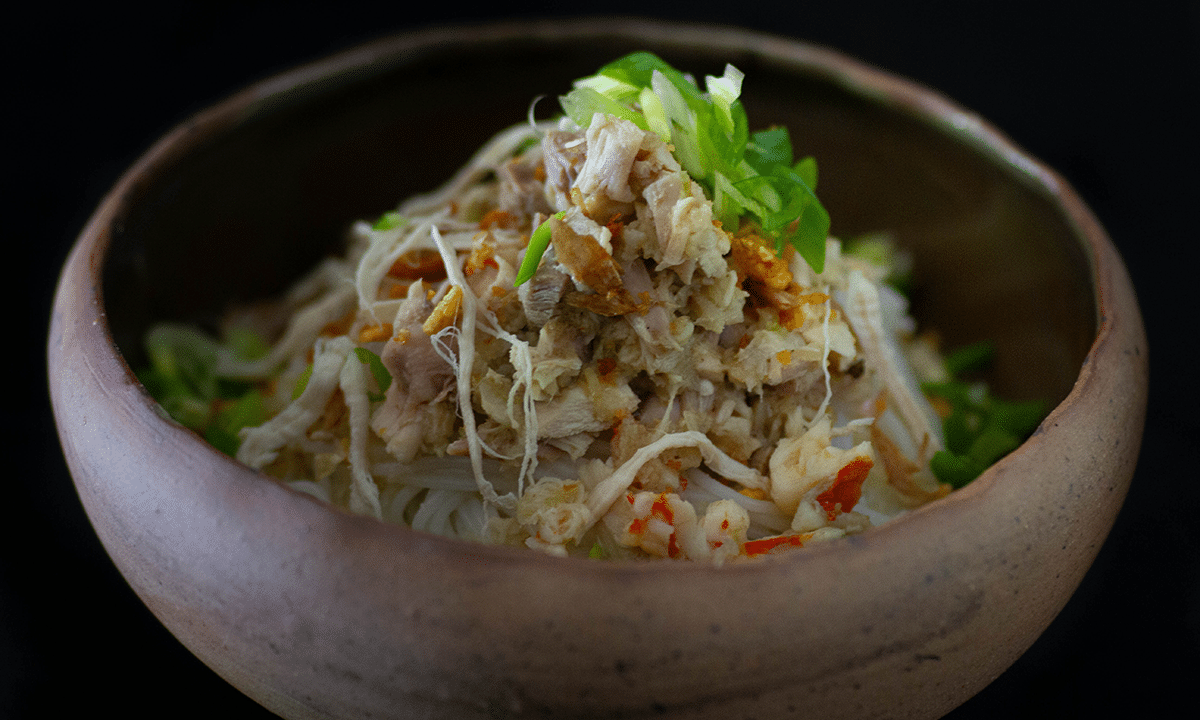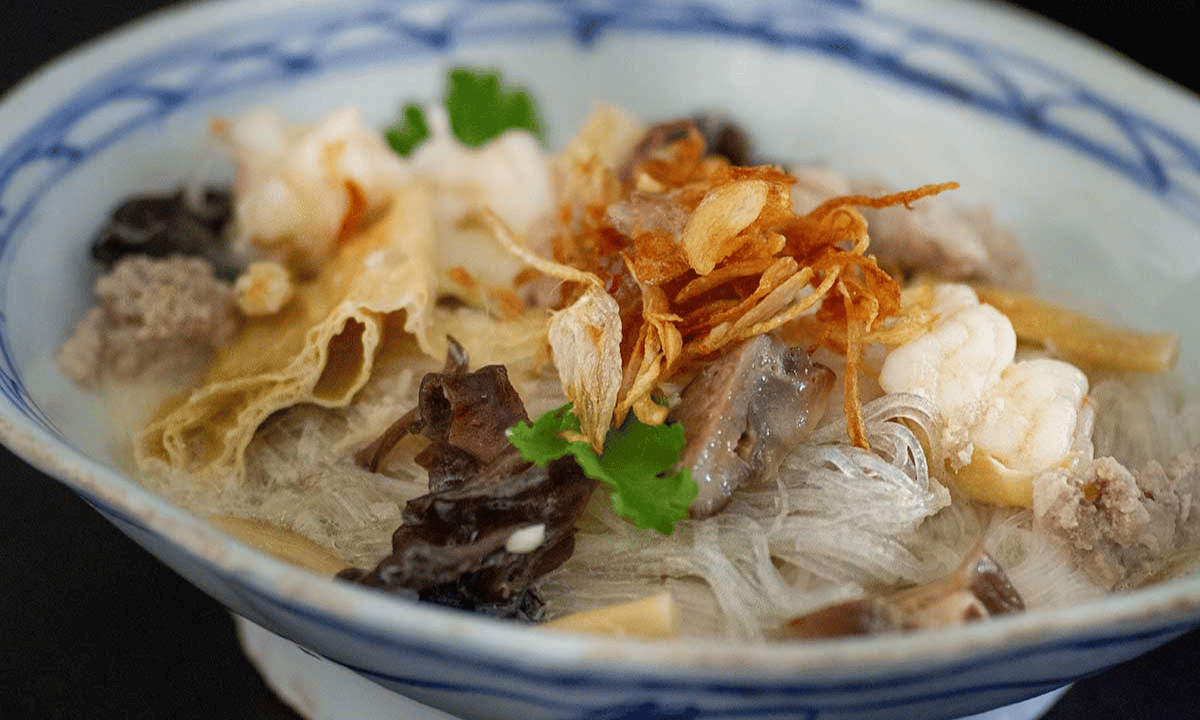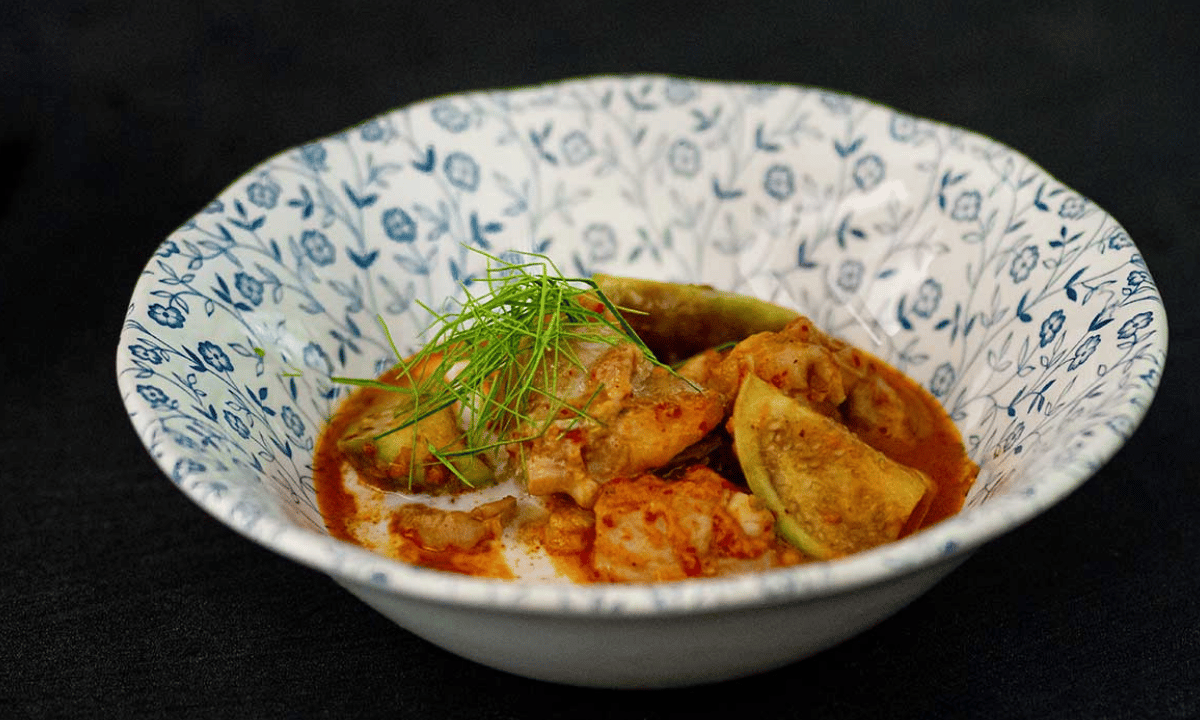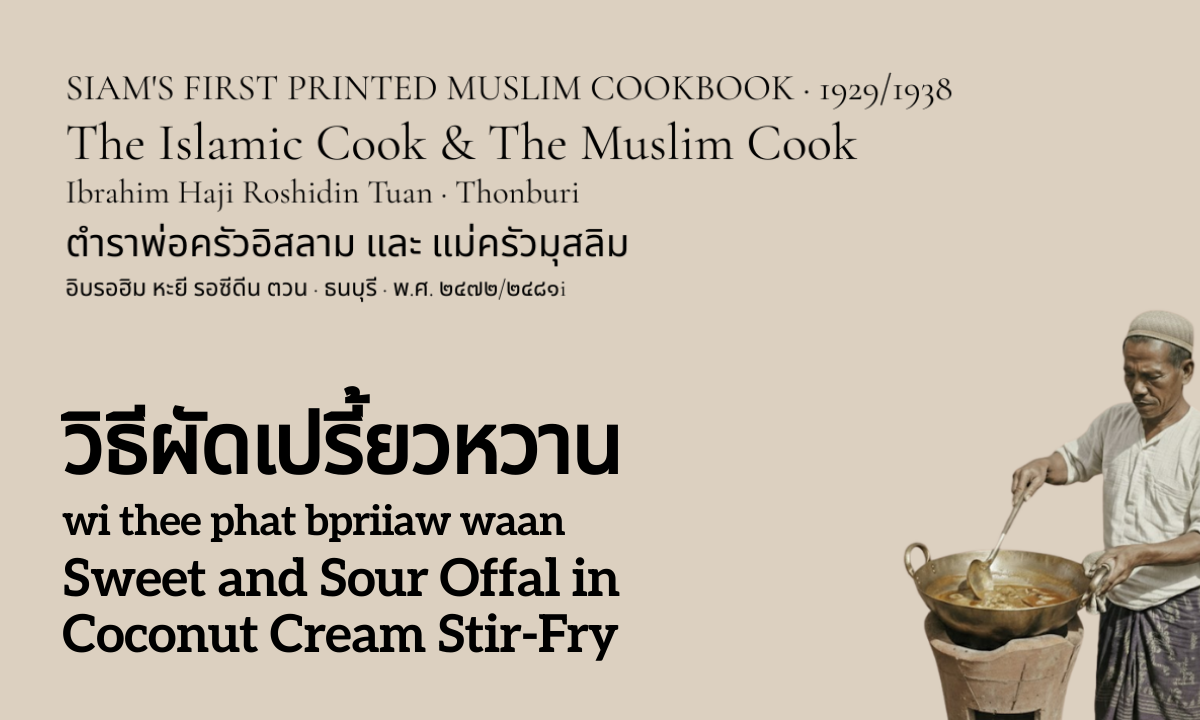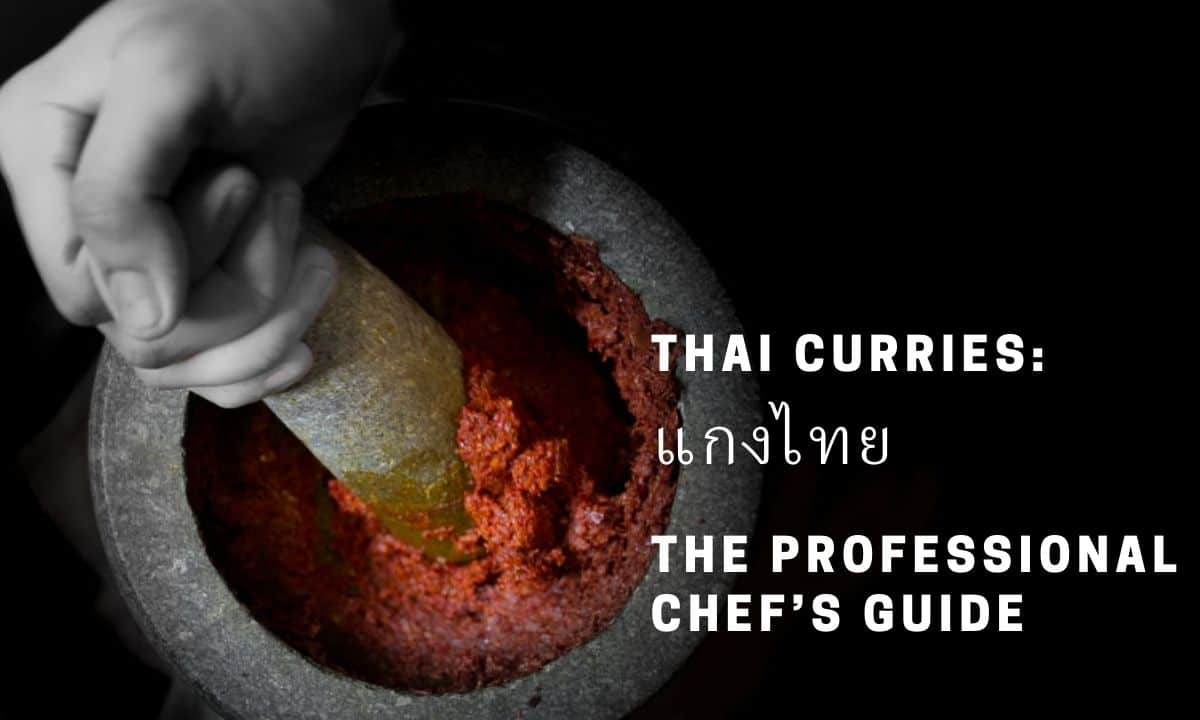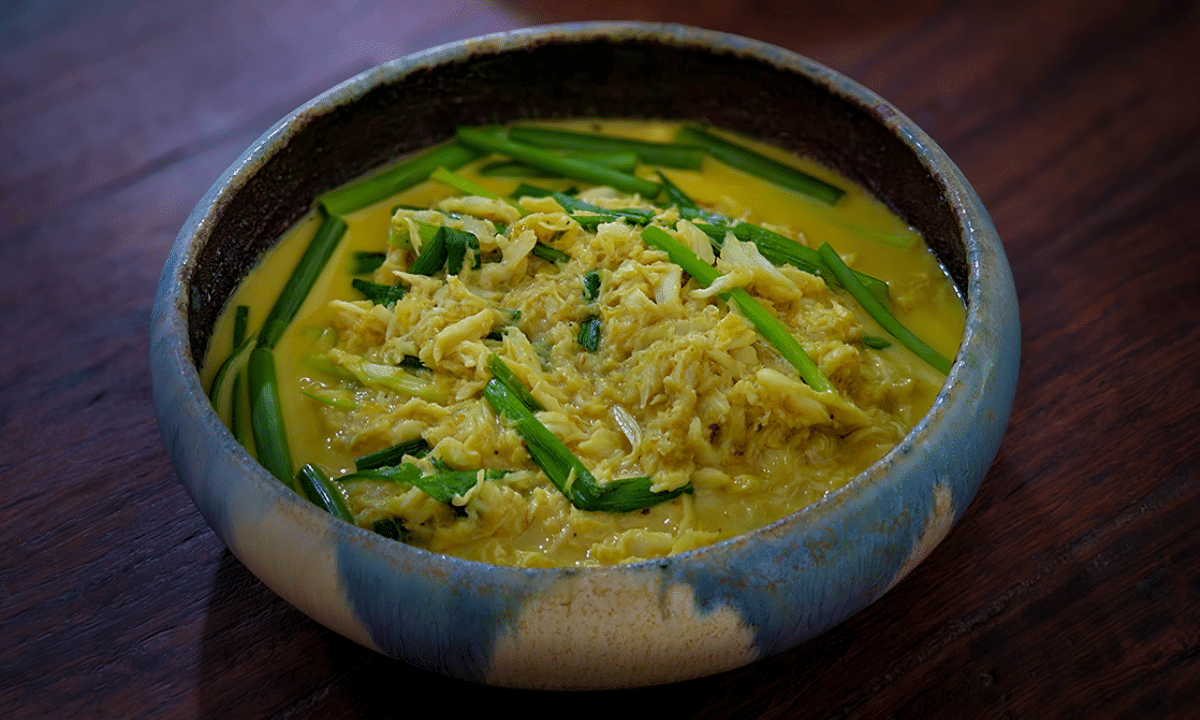
Acmella oleracea is a species of the flowering herb in the family Asteraceae. Common names include toothache plant, paracress, Sichuan buttons, buzz buttons, tingflowers and electric daisy. Its native distribution is unclear, but it is likely derived from a Brazilian Acmella species. It is grown as an ornamental and attracts fireflies when in bloom. It is used as a medicinal remedy in various parts of the world. A small, erect plant, it grows quickly and bears gold and red inflorescences. It is frost-sensitive but perennial in warmer climates. [1]Wikipedia
Its specific epithet oleracea means “vegetable/herbal” in Latin and is a form of holeraceus (oleraceus). [2]Wikipedia
For culinary purposes, small amounts of shredded fresh leaves are said to add a unique flavour to salads. Cooked leaves lose their strong flavor and may be used as leafy greens. Both fresh and cooked leaves are used in dishes such as stews in northern Brazil, especially in the state of Pará. They are combined with chilis and garlic to add flavor and vitamins to other foods. [3]Wikipedia
The flower bud has a grassy taste followed by a strong tingling or numbing sensation and often excessive salivation, with a cooling sensation in the throat. The buds are known as “buzz buttons”, “Sichuan buttons”, “sansho buttons”, and “electric buttons”. In India, they are used as a flavoring in chewing tobacco. [4]Wikipedia
A concentrated extract of the plant, sometimes called jambu oil or jambu extract, is used as a flavoring agent in foods, chewing gum, and chewing tobacco. The oil is traditionally extracted from all parts of the plant.EFSA and JECFA reviewed a feeding study in rats conducted by Moore et al. and both authorities recognized that the no adverse effect level for spilanthol was 572 mg/kg b.w./day, yielding a safe dose of spilanthol of 1.9 mg/kg b.w./day, or 133.5 mg/70-kg-male/day, 111 mg/58-kg-female/day, or 38 mg/20-kg-child/day. [5]Wikipedia
Jambu extract as a flavoring agent is described as having a citrus, herbal, tropical, or musty odor, and its taste can be described as pungent, cooling, tingling, numbing, or effervescent. Thus, as described, the flavor use of jambu extract includes the ability to induce a mouth-watering sensation and the ability to promote the production of saliva. Spilanthol, the major constituent of jambu extract, is responsible for the perception of a mouth-watering flavor sensation, as well as the ability to promote salivation as a sialogogue, perhaps through its astringent action or its pungent taste. [6]Wikipedia
Jambu extract can also be used in cosmetics and shampoos. [7]Wikipedia
A decoction or infusion of the leaves and flowers is a traditional remedy for stammering, toothache, and stomatitis. [8]Wikipedia
An extract of the plant has been tested against various yeasts and bacteria and was essentially inactive. It has been shown to have a strong diuretic action in rats. [9]Wikipedia
As a bush plant used for treating toothache, the analgesic effect of the Spilanthes plant has been attributed to the presence of constituents containing an N-isobutylamide moiety, such as spilanthol, a substance that has been found to be an effective sialogogue, an agent that promotes salivation. Spilanthol is absorbed trans-dermally and through the buccal mucosa. Spilanthol may activate TRPA1, a specific transient receptor potential (TRP) ion channel in the oral cavity. In addition to capsaicin, allyl isothiocyanate, and cinnamaldehyde, spilanthol is also reported to affect the catecholamine nerve pathways present in the oral cavity that promote the production of saliva, which is responsible for its ability to induce a mouth-watering sensation when used as a flavor (and associated with the tingling or pungent flavoring sensation in some individuals). [10]Wikipedia
The information on this website has been compiled from reliable sources, such as reference works on medicinal plants. It is not a substitute for medical advice or treatment and Thaifoodmaster does not purport to provide any medical advice.
References
